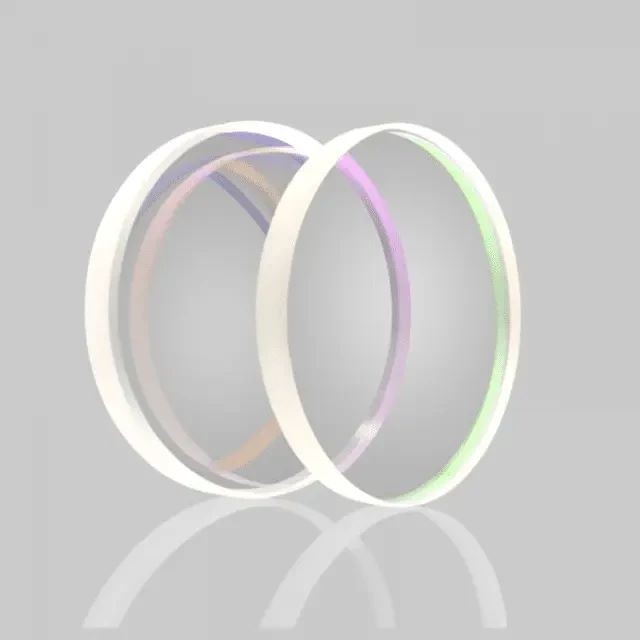
Optical Materials
Optical Window Glass Substrate Wafer Barium Fluoride BaF2 Substrate Window
Item Number : KTOM-BFS
Price varies based on specs and customizations
- Dimensional tolerance
- ±0.1
- Chamfer
- 0.25mm×45°
- smoothness
- 40-20 or other
Shipping:
Contact us to get shipping details Enjoy On-time Dispatch Guarantee.
Why Choose Us
Reliable PartnerEasy ordering process, quality products, and dedicated support for your business success.
Barium Fluoride
Barium Fluoride (BaF₂) is a crystalline compound used in optical applications across the NIR, VIS, and MWIR spectrums. With resistance to high-energy radiation and performance in dry temperatures up to 800°C, it's an excellent choice. However, in a moist atmosphere, VUV transmission degrades over time, and water corrosion occurs at 500°C. BaF₂ is ideal for VUV windows requiring radiation resistance, thermography, medical equipment, lasers, and astronomy.
Detail & Parts




BaF2 Main Properties and Performance
| Transmission range (μm) | 0.15~12.5 |
| Transmittance | >90% (0.35~9μm, 3mm) |
| Reflection Loss at 2.58μm | 6.8%(both faces) |
| Knoop hardness (kg/mm2) | 82 with 500g indenter |
| Density (g/cm3) | 4.89 |
| Melting Point (℃) | 1280 |
Typical Sizes
| Round Shape | Φ5.0; Φ10.0 ; Φ12.7; Φ15.0; Φ20.0 |
| Diameter(mm) | Φ25.4; Φ30.0; Φ38.1; Φ50.8; Φ76.2 |
| Square Shape | 5.0x5.0 ; 10.0x10.0 ; 15.0x15.0 |
| WxH(mm) | 20.0x20.0; 25.0x25.0; 50.0x50.0 |
Provide customized services
Through the implementation of innovative and state-of-the-art melting processes, we have acquired extensive expertise in the development and manufacture of quality glass products, offering a wide range of optical glass products for a variety of commercial, industrial and scientific applications. The company provides various specifications of optical glass such as raw glass, cut parts and finished components, and cooperates closely with customers to customize products according to customer needs. With an unwavering commitment to quality, we ensure our customers receive the perfect solution tailored to their requirements.
For further quotations, please contact us.
FAQ
What Does A Bandpass Filter Do?
What Is 3dB Bandwidth In Bandpass Filter?
What Is The Advantage Of Bandpass Sampling?
What Is Optical Glass Used For?
What Is The Composition Of Optical Glass?
What Are The Most Common Optical Glasses?
4.7
out of
5
The BaF2 substrate is incredibly durable and resistant to wear. It has exceeded our expectations in terms of quality and performance.
4.9
out of
5
The high light transmittance of the BaF2 substrate has significantly improved the efficiency of our optical system. We're very satisfied with the results.
4.8
out of
5
The precision and accuracy of the BaF2 substrate are exceptional. It has enabled us to achieve precise and consistent results in our research.
4.7
out of
5
The BaF2 substrate is an excellent choice for applications requiring resistance to high-energy radiation. It has proven to be a valuable asset in our laboratory.
5.0
out of
5
The substrate's wide application range has made it a versatile tool in our lab. We've been able to use it for a variety of experiments, and it has performed flawlessly.
4.6
out of
5
The BaF2 substrate is a cost-effective solution for our research needs. It provides excellent value for money, and we're very happy with our purchase.
4.8
out of
5
The fast delivery of the BaF2 substrate was a lifesaver. We were able to get our experiment up and running quickly, which saved us valuable time.
4.9
out of
5
The technological advancements incorporated into the BaF2 substrate are impressive. It has enabled us to explore new possibilities in our research.
4.7
out of
5
The substrate's resistance to corrosion in dry temperatures up to 800°C has been a game-changer for our high-temperature experiments.
5.0
out of
5
The BaF2 substrate has exceeded our expectations in terms of durability. It has withstood harsh conditions and continues to perform flawlessly.
4.8
out of
5
The high precision material of the BaF2 substrate has enabled us to achieve sub-micron resolution in our imaging experiments.
4.6
out of
5
The substrate's transmission range from 0.15 to 12.5 μm has been incredibly useful for our broad range of applications.
4.9
out of
5
The BaF2 substrate's low reflection loss at 2.58 μm has minimized signal distortion in our optical measurements.
4.7
out of
5
The substrate's resistance to water corrosion up to 500°C has been crucial for our experiments involving high-temperature aqueous solutions.
4.8
out of
5
The substrate's wide application range has made it an indispensable tool in our laboratory. It has facilitated a variety of experiments, from optical spectroscopy to laser processing.
REQUEST A QUOTE
Our professional team will reply to you within one business day. Please feel free to contact us!
Related Products
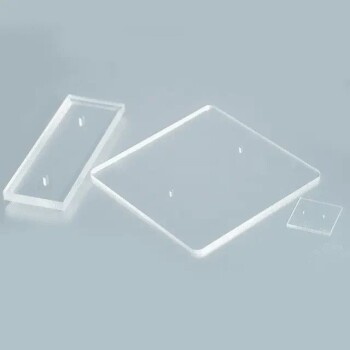
MgF2 Magnesium Fluoride Crystal Substrate Window for Optical Applications
Magnesium fluoride (MgF2) is a tetragonal crystal that exhibits anisotropy, making it imperative to treat it as a single crystal when engaging in precision imaging and signal transmission.

Optical Window Glass Substrate Wafer Single Double Sided Coated K9 Quartz Sheet
K9 glass, also known as K9 crystal, is a type of optical borosilicate crown glass renowned for its exceptional optical properties.
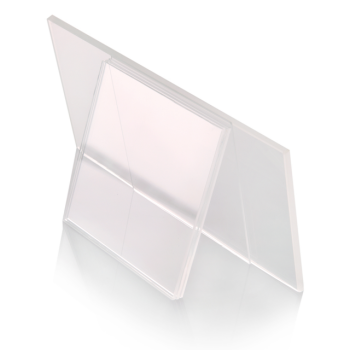
Optical Window Glass Substrate Wafer Quartz Plate JGS1 JGS2 JGS3
The quartz plate is a transparent, durable, and versatile component widely used in various industries. Made from high-purity quartz crystal, it exhibits excellent thermal and chemical resistance.
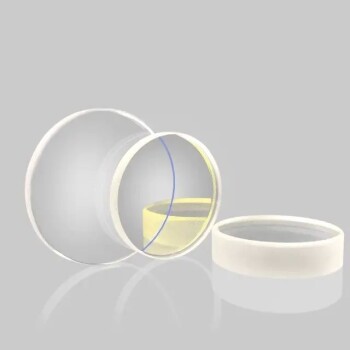
Optical Window Glass Substrate Wafer Sheets Zinc Sulfide ZnS Window
Optics Zinc Sulphide (ZnS) Windows have an excellent IR transmission range between 8-14 microns.Excellent mechanical strength and chemical inertness for harsh environments (harder than ZnSe Windows)
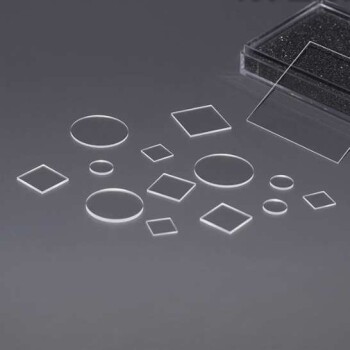
Infrared Transmission Coating Sapphire Sheet Substrate Window
Crafted from sapphire, the substrate boasts unparalleled chemical, optical, and physical properties. Its remarkable resistance to thermal shocks, high temperatures, sand erosion, and water sets it apart.
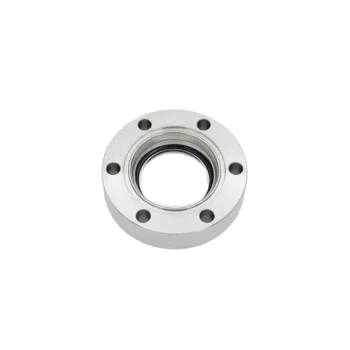
CF Ultra-High Vacuum Observation Window Window Flange High Borosilicate Glass Sight Glass
Discover CF ultra-high vacuum observation window flanges with high borosilicate glass, perfect for semiconductor manufacturing, vacuum coating, and optical instruments. Clear observation, durable design, easy installation.
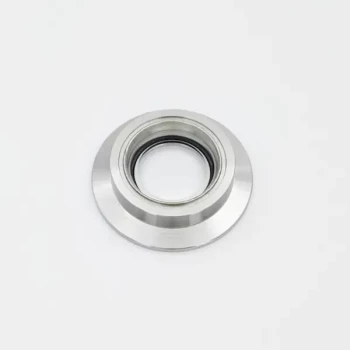
Discover KF Ultra-High Vacuum Observation Window: 304 Stainless Steel Flange & High Borosilicate Glass Sight Glass, Ideal for precise observation in ultra-high vacuum environments.

CF Ultra-High Vacuum Observation Window Stainless Steel Flange Sapphire Glass Sight Glass
Discover CF ultra-high vacuum observation windows with sapphire glass and stainless steel flanges. Ideal for semiconductor manufacturing, vacuum coating, and more. Clear observation, precise control.
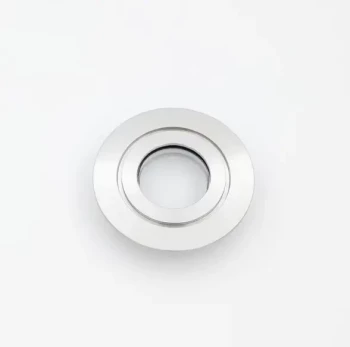
KF Ultra-High Vacuum Observation Window Stainless Steel Flange Sapphire Glass Sight Glass
Discover the KF Ultra-High Vacuum Observation Window, featuring sapphire glass and stainless steel flange for clear, reliable observation in ultra-high vacuum environments. Ideal for semiconductor, vacuum coating, and scientific research applications
Related Articles

XRF Pelletising for Solid Samples Tips and Tricks
X-ray fluorescence (XRF) analysis is a non-destructive analytical technique used to determine the elemental composition of solid, liquid, and powdered samples.

A Guide To PREPARE SAMPLES FOR XRF ANALYSIS
There are many ways to prepare samples for XRF analysis. The choice of method will also affect the time it takes to get results and the cost of the analysis.

Revolutionize Your Spectroscopy Analysis with FTIR Pellet Press
FTIR (Fourier Transform Infrared) spectroscopy is a widely used technique to analyze the chemical composition of various materials. This method is particularly useful for samples that are difficult to analyze using other techniques.

Dilution Ratios for XRF Pelletising Finding the Optimal Balance
XRF analysis is a powerful technique used by researchers and scientists to determine the elemental composition of various materials. One of the most crucial steps in XRF analysis is the preparation of samples for analysis, which often involves creating pellets from powdered samples.

Optical Components: Window Sheets and Their Applications
An overview of various types of optical window sheets, their materials, precision, and coating options.

Common Optical Materials and Their Properties
An overview of various optical materials, their properties, and applications across different spectral ranges.

Infrared Bands and Window Selection for Hypersonic Vehicles
Explores the challenges and solutions in selecting infrared bands and window materials for hypersonic vehicles, focusing on imaging and guidance systems.

MPCVD Single Crystal Diamond Applications in Semiconductor and Optical Display Fields
This article discusses the applications of MPCVD single crystal diamond in semiconductor and optical display fields, highlighting its superior properties and potential impact on various industries.

Transmission Electron Microscopy Sample Preparation: From Basics to Practical Skills
Detailed guide on TEM sample prep, covering cleaning, grinding, polishing, fixation, and covering techniques.

The Architecture of Silence: Why Material Choice Defines Electrochemical Truth
Explore how High Borosilicate Glass, PTFE, and POM create the perfect chemically inert environment for accurate electrochemical testing.

Why Your FTIR/XRF Results Are Inconsistent—And How to Fix It for Good
Stop blaming your spectrometer. Discover the hidden culprit behind inconsistent FTIR/XRF results and learn how to achieve perfect analytical data every time.